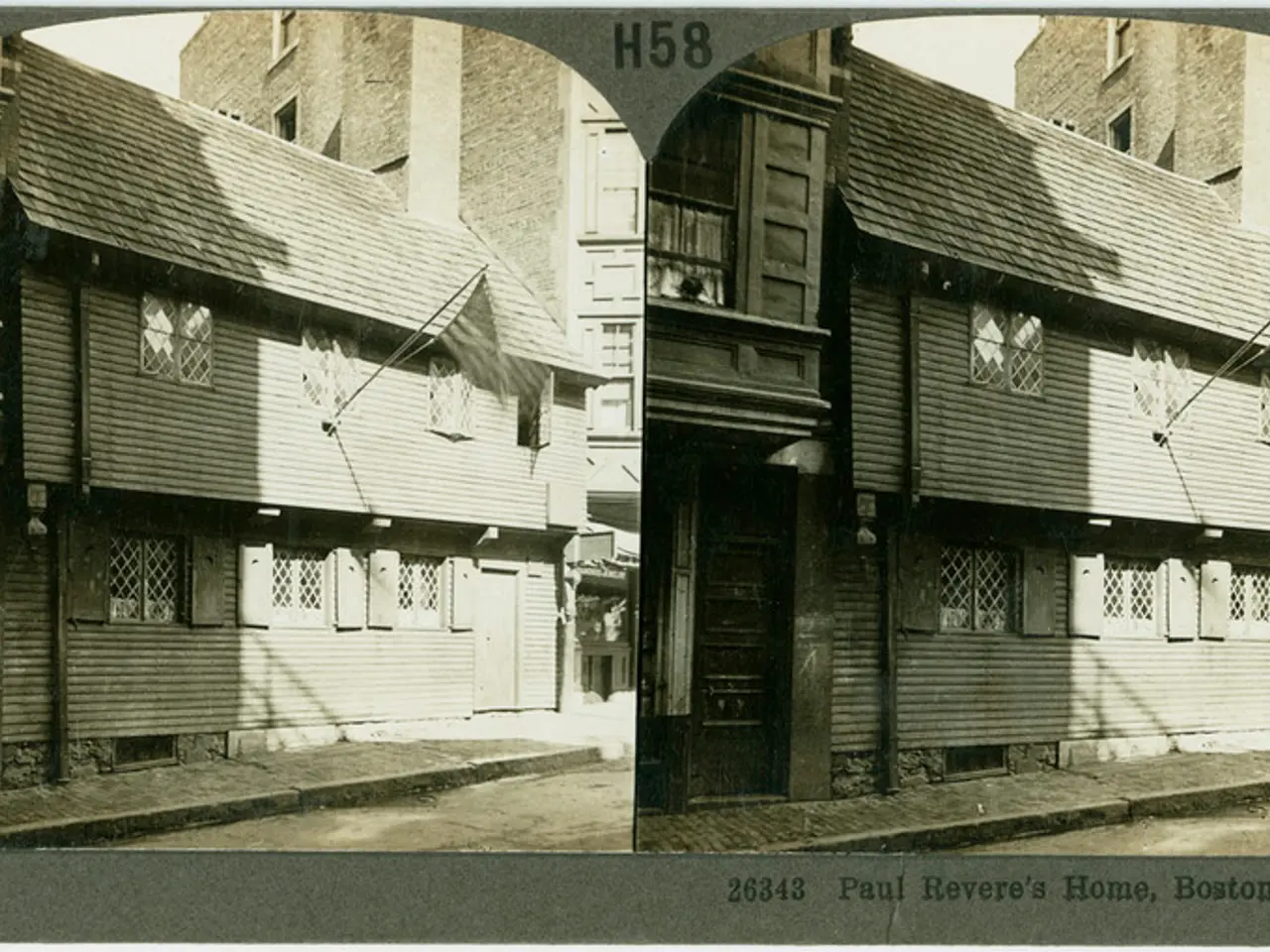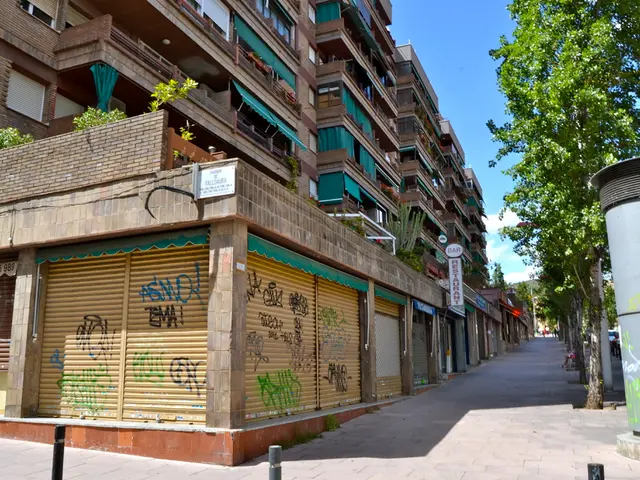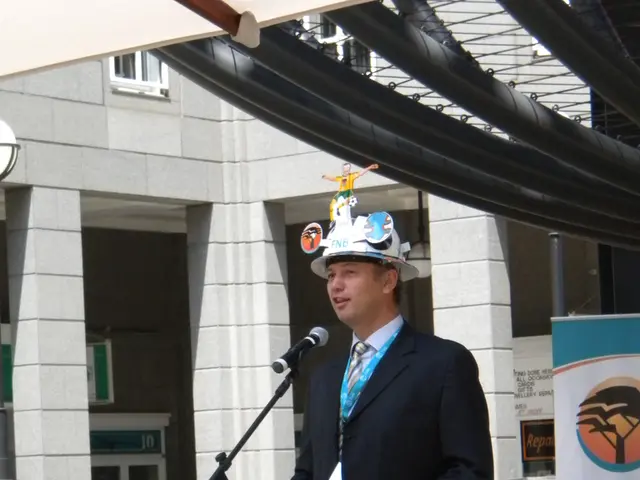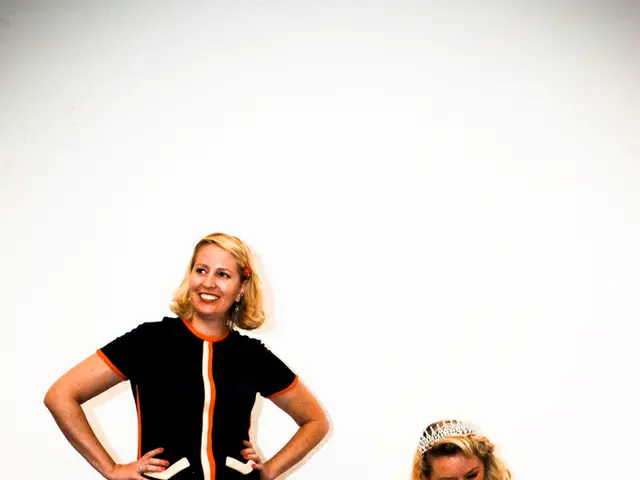Berlin's Scheunenviertel: A Cultural Hub's Rich History and Resilience
Nestled in the heart of Berlin-Mitte, the Scheunenviertel, a vibrant district between Rosa-Luxemburg-Platz and Hackescher Markt, boasts a rich history marked by cultural diversity and resilience. Home to the unique Kino Babylon and the provocative Volksbühne theater, it's a hub of arts and culture, served by an extensive network of trams, buses, and U-Bahn lines.
The Scheunenviertel, named after the barns that once stood defying a 17th-century ban, has evolved through centuries of change. It was once a social melting pot in the 1920s, with a lively Jewish culture amidst poverty and crime. Today, it's a thriving arts district, home to the world's only silent film organ at the Kino Babylon.
The Volksbühne, a theater known for its experimental and provocative plays, has been a Scheunenviertel landmark since 1914. Frank Castorf, who directed the theater from 1992 to 2017, left his mark on its avant-garde legacy. The district is well-connected, with numerous tram and bus lines, and U-Bahn stations at Rosa-Luxemburg-Platz and Weinmeisterstr.
From its humble beginnings as a slum area to its current status as a cultural hotspot, the Scheunenviertel's history is a testament to its enduring spirit. Despite the devastation of World War II and the loss of many Jewish residents during the Holocaust, the district continues to flourish, attracting art enthusiasts and culture lovers alike.
Read also:
- American teenagers taking up farming roles previously filled by immigrants, a concept revisited from 1965's labor market shift.
- Weekly affairs in the German Federal Parliament (Bundestag)
- Landslide claims seven lives, injures six individuals while they work to restore a water channel in the northern region of Pakistan
- Escalating conflict in Sudan has prompted the United Nations to announce a critical gender crisis, highlighting the disproportionate impact of the ongoing violence on women and girls.




